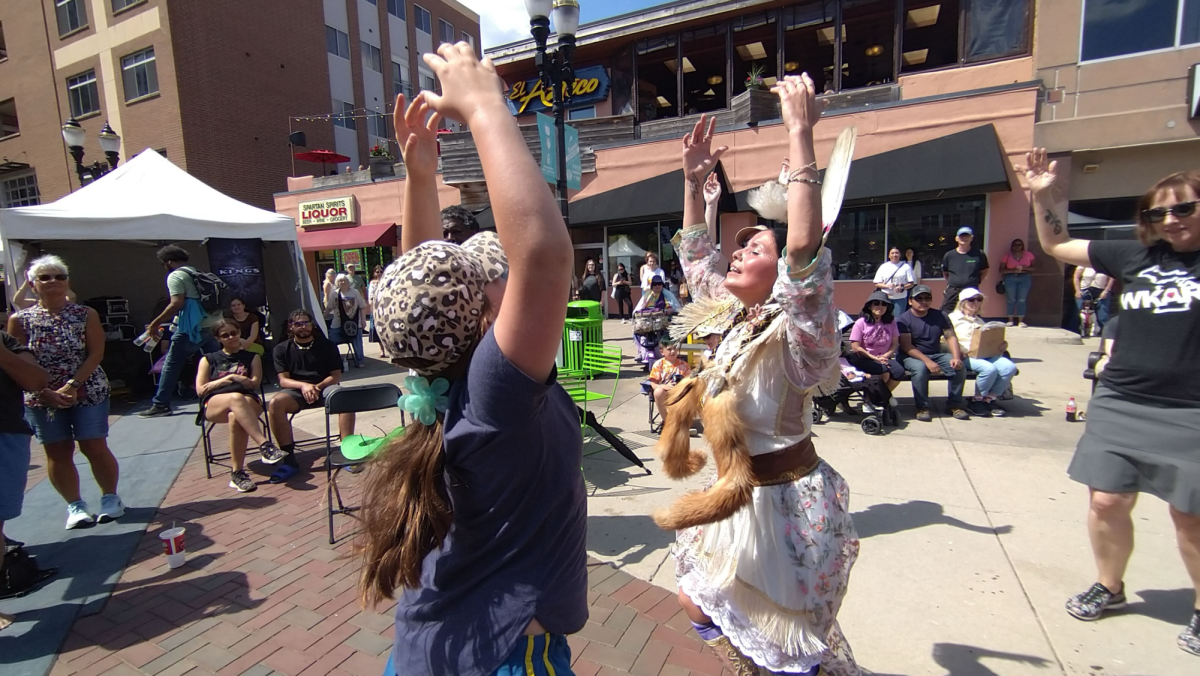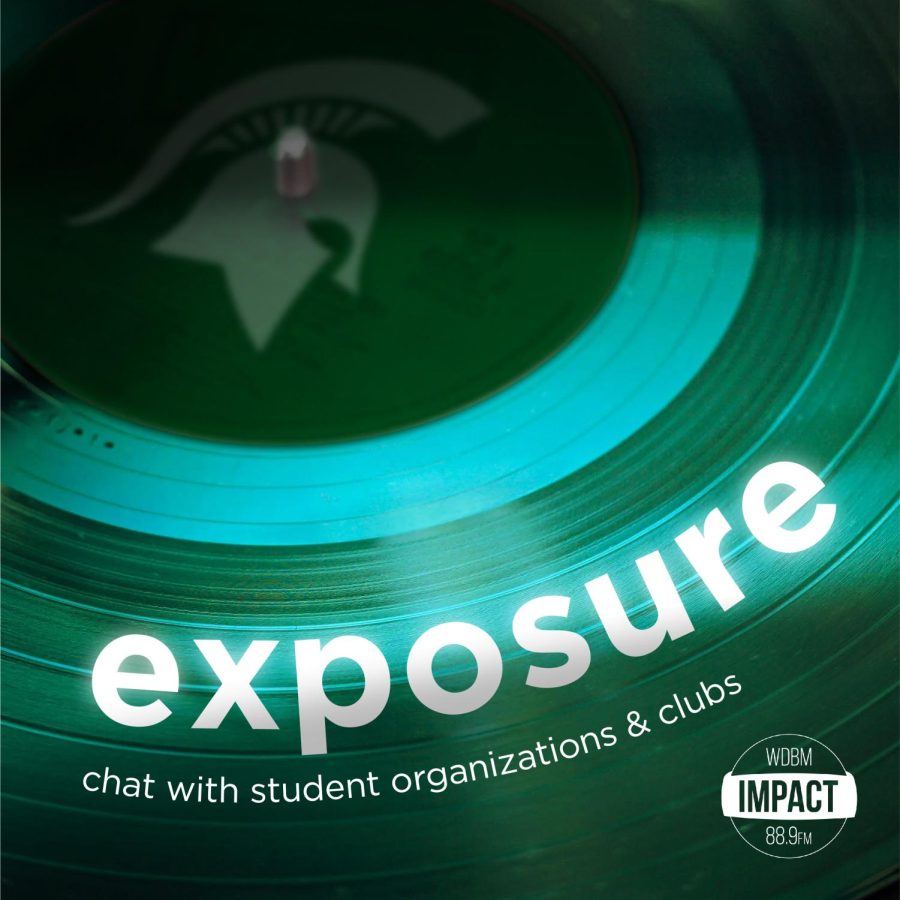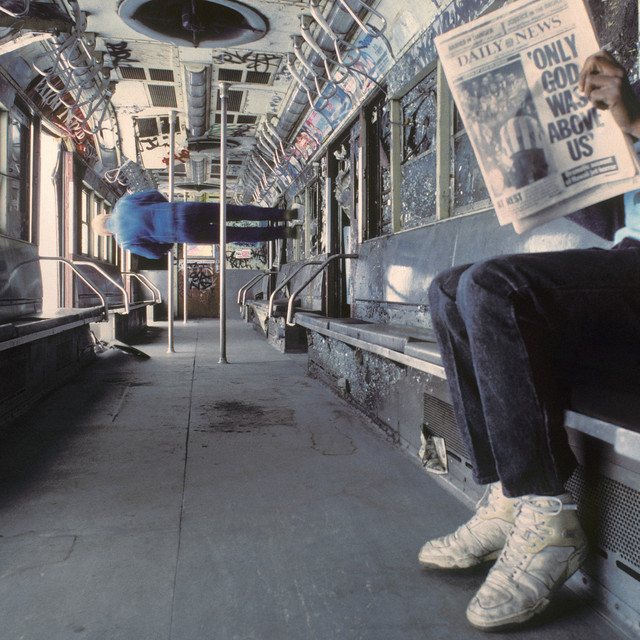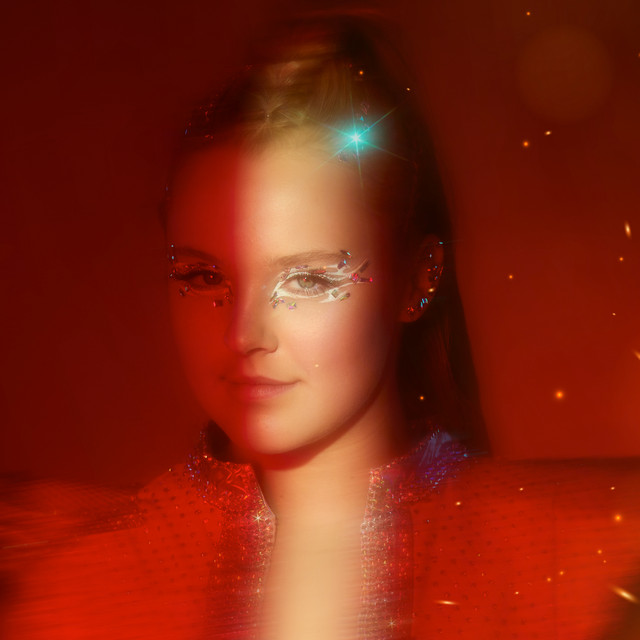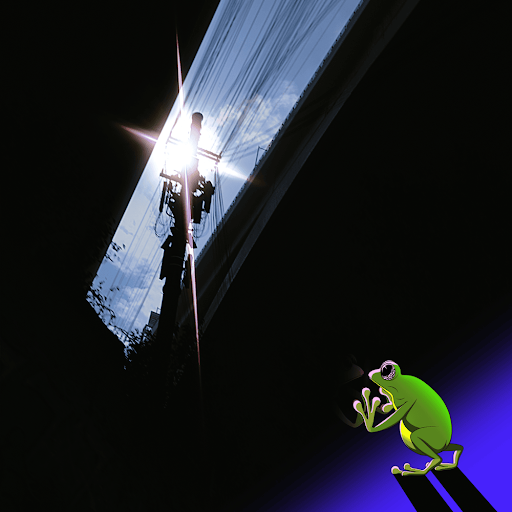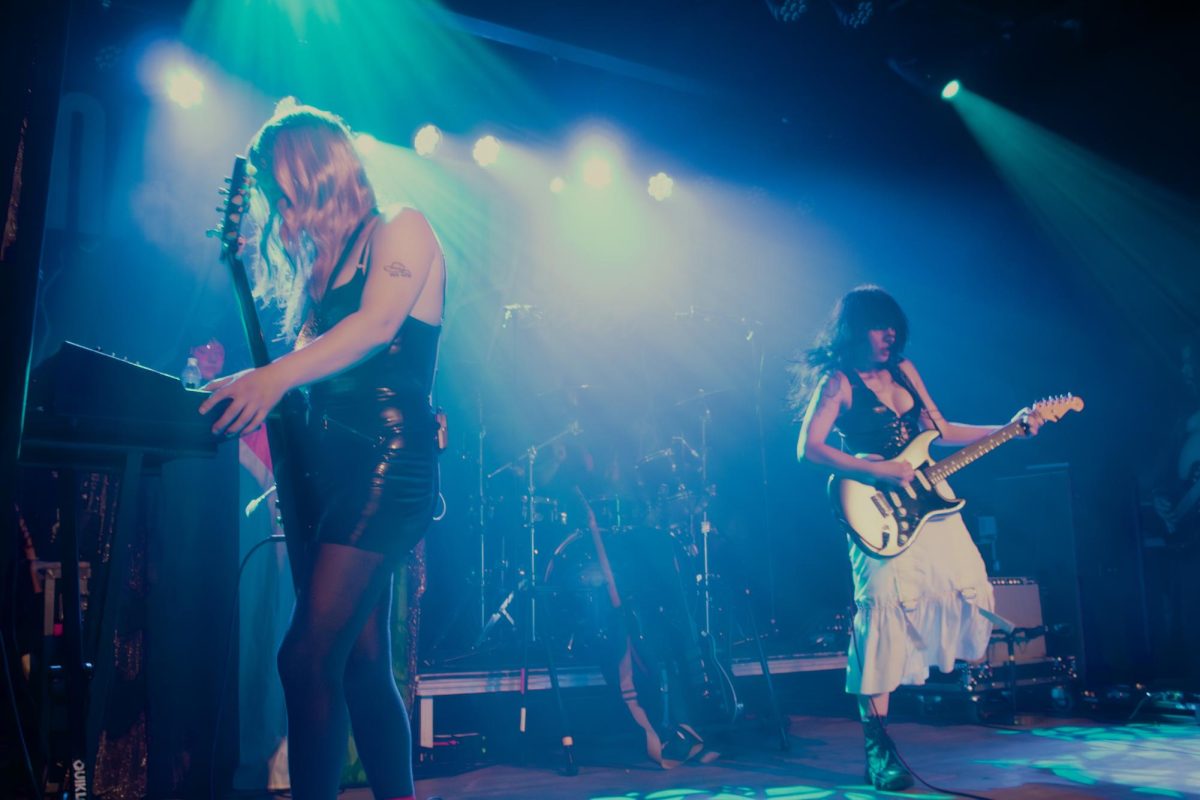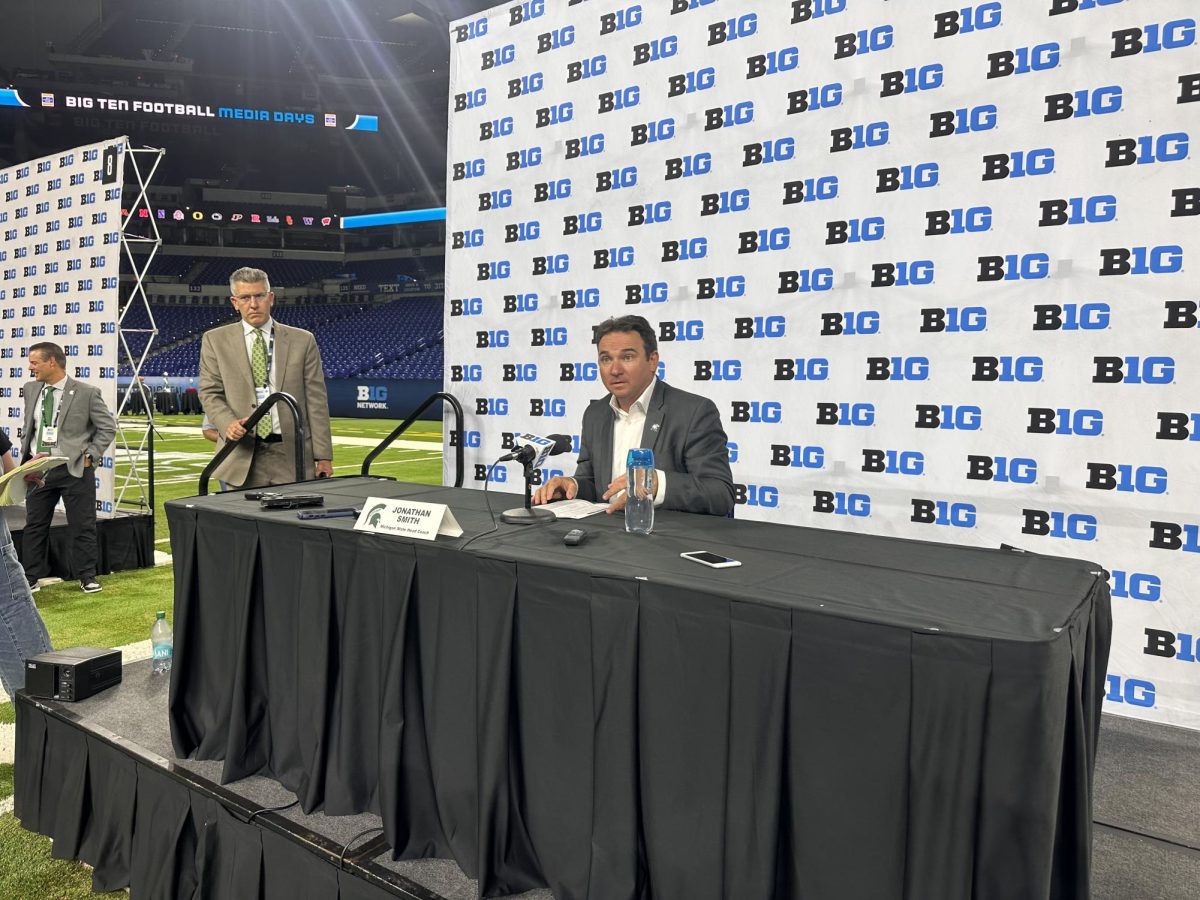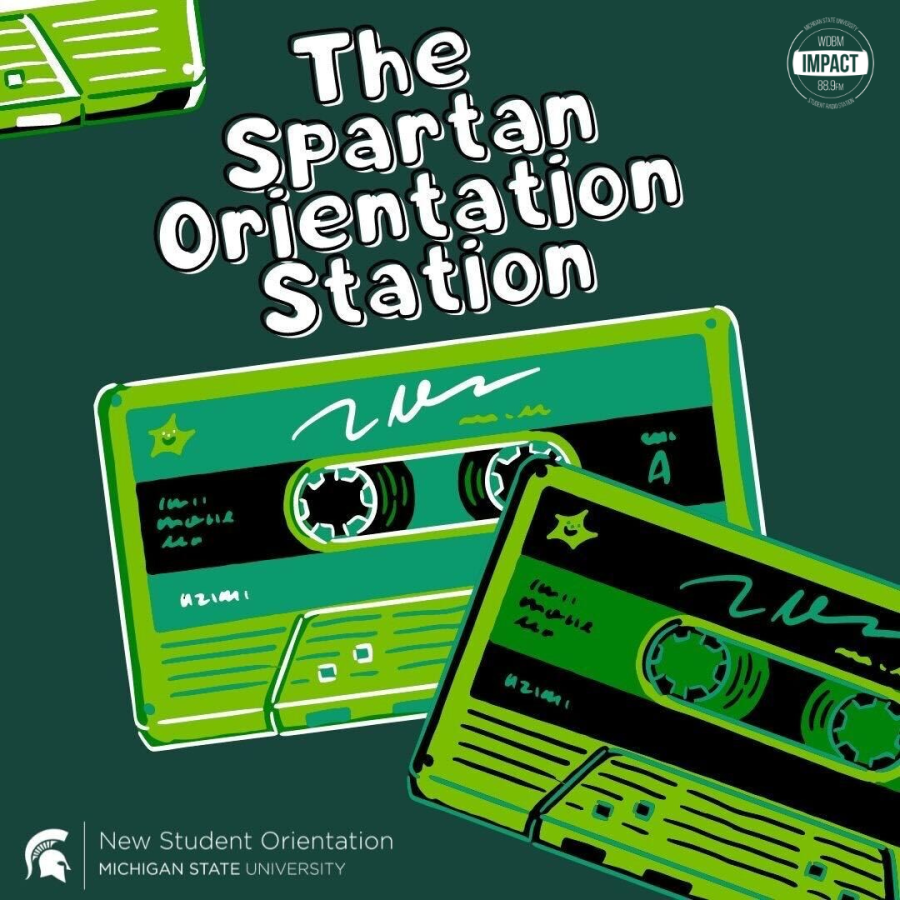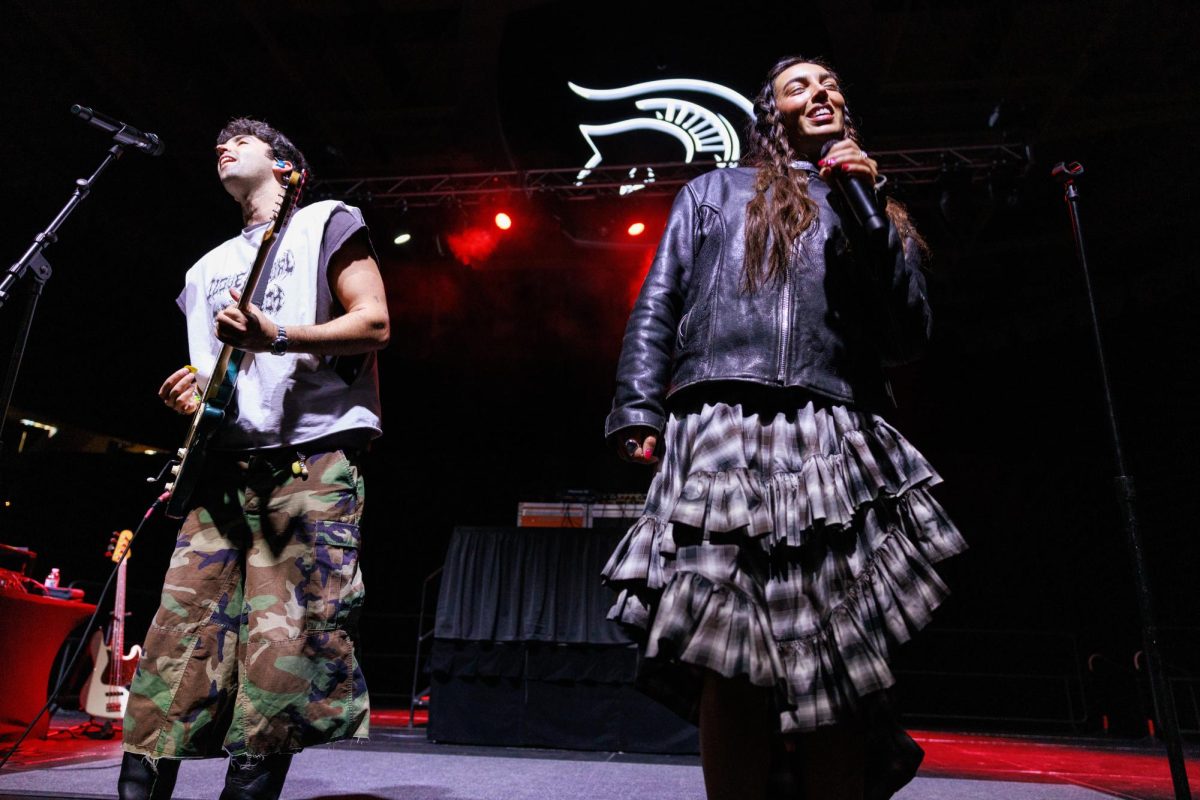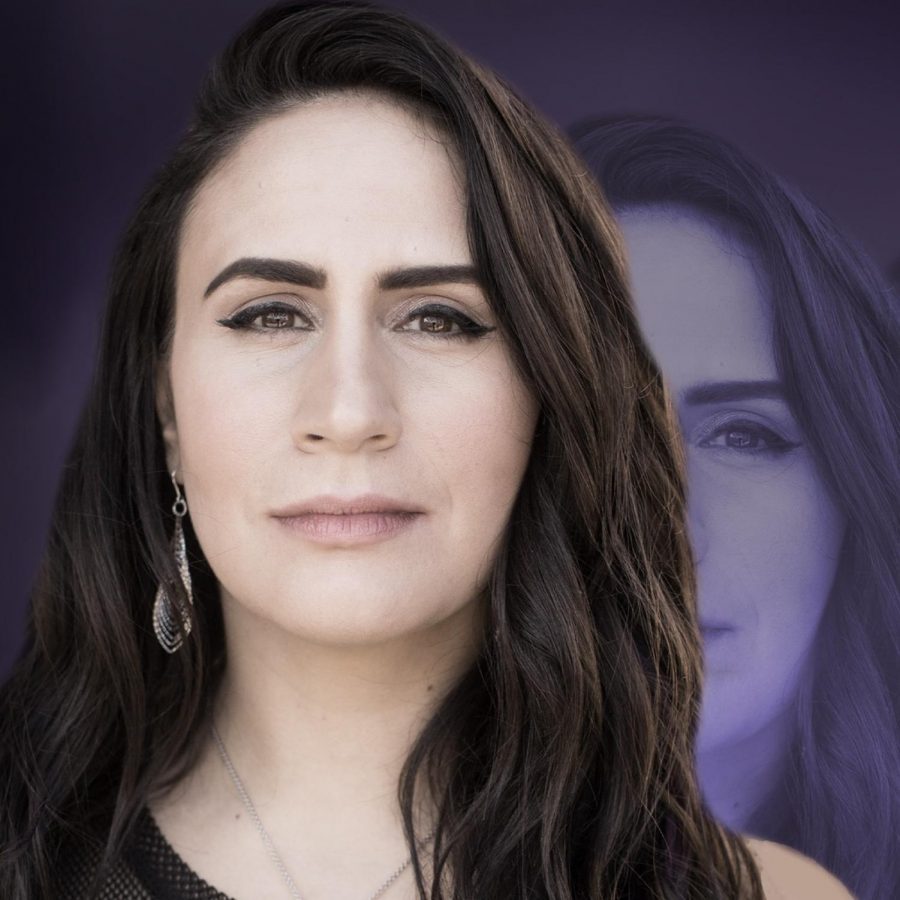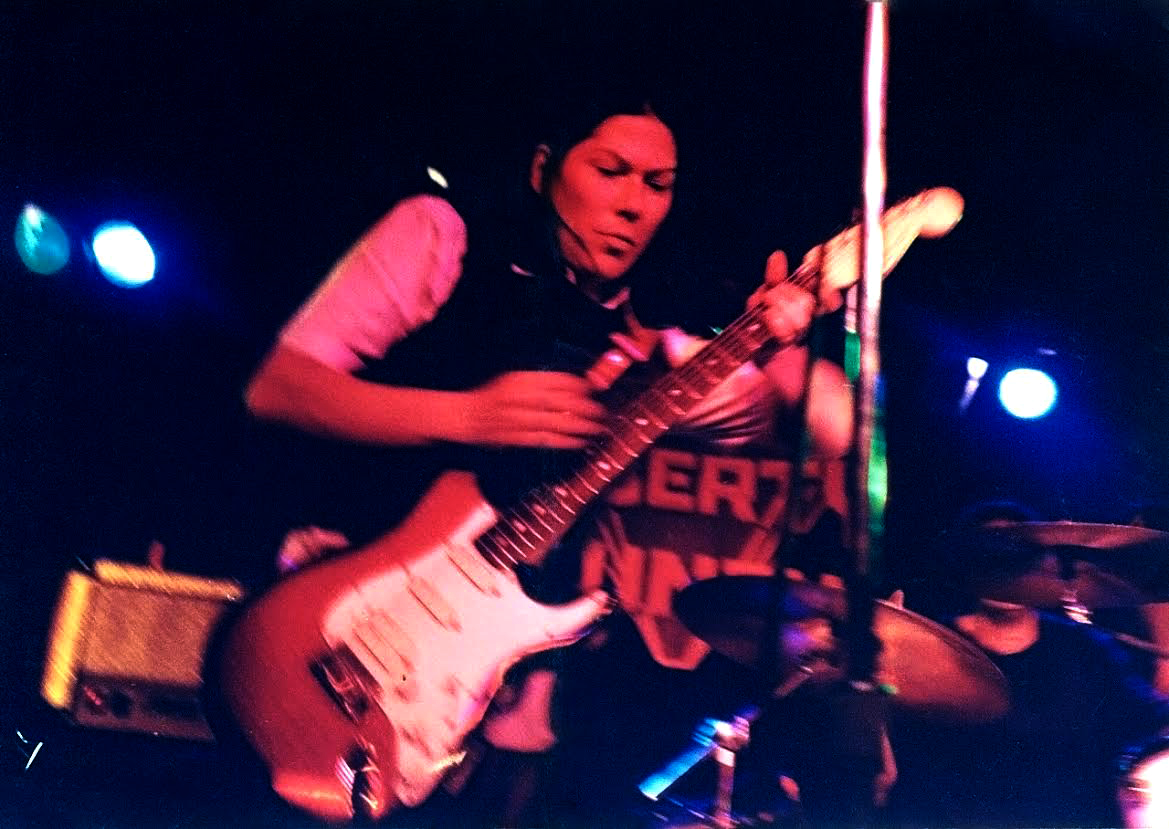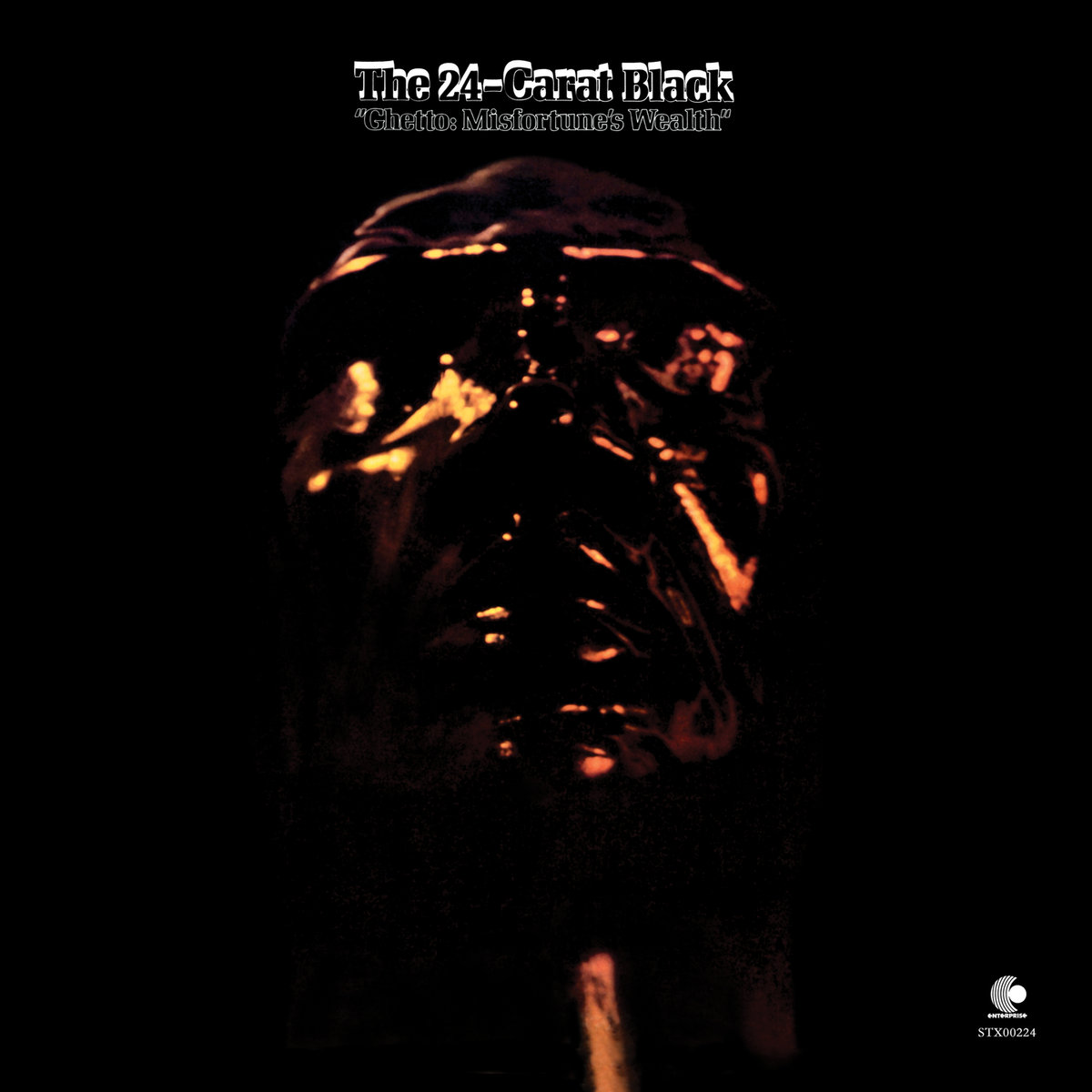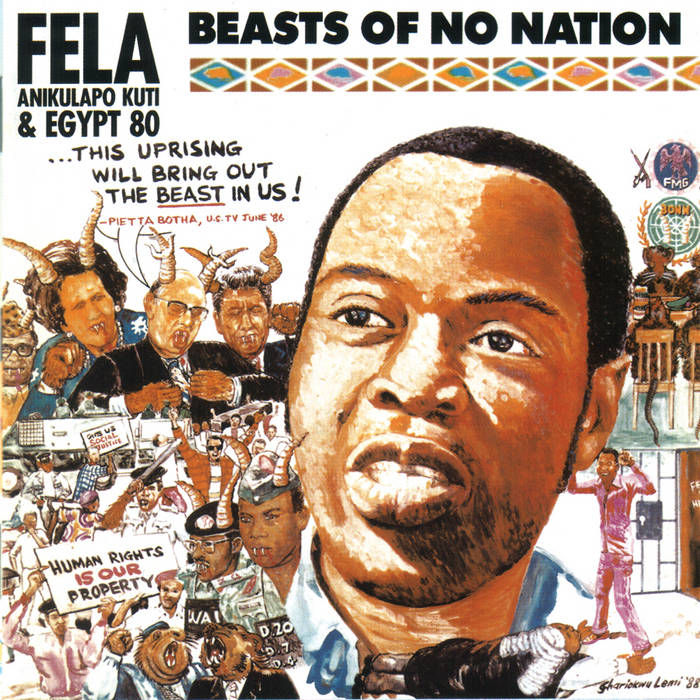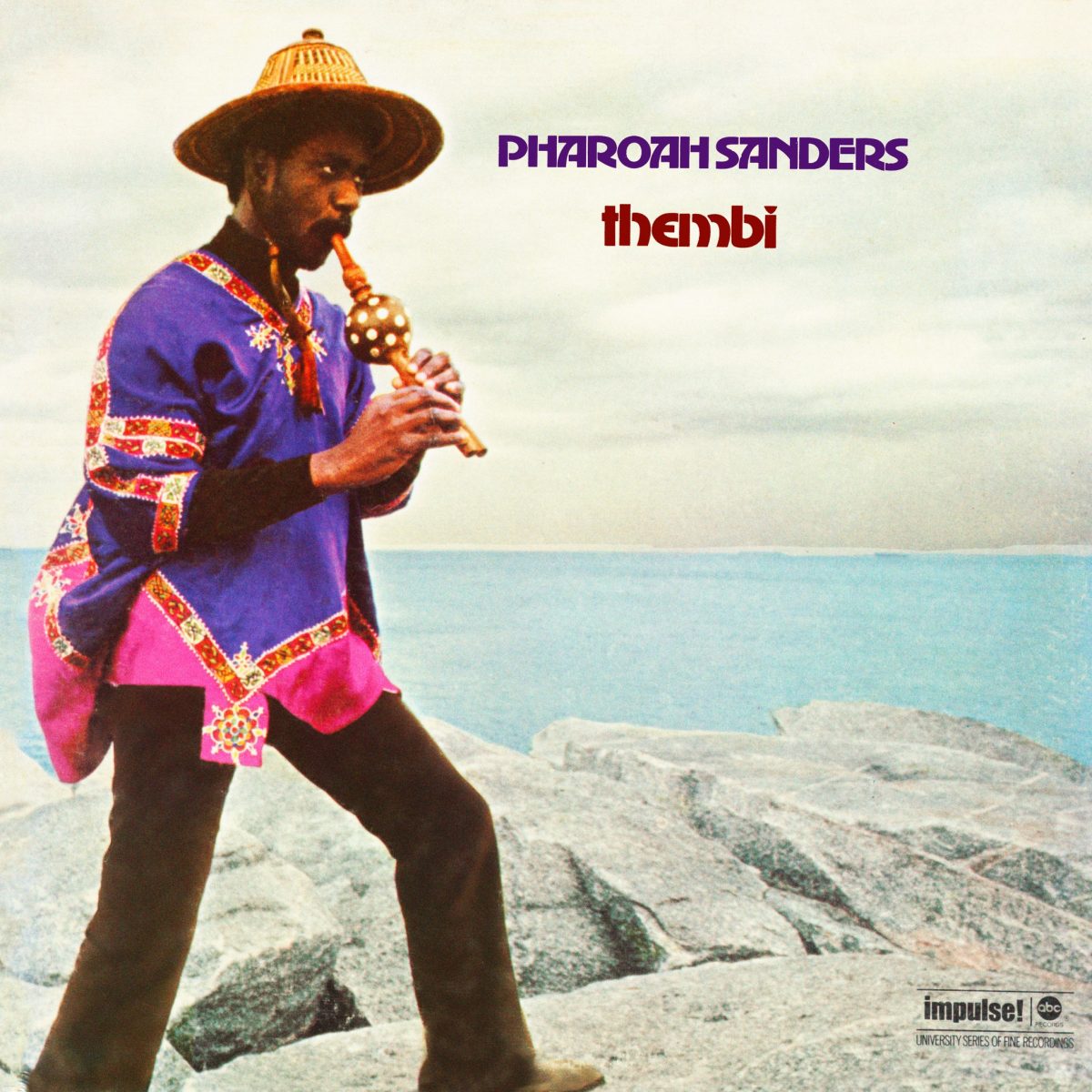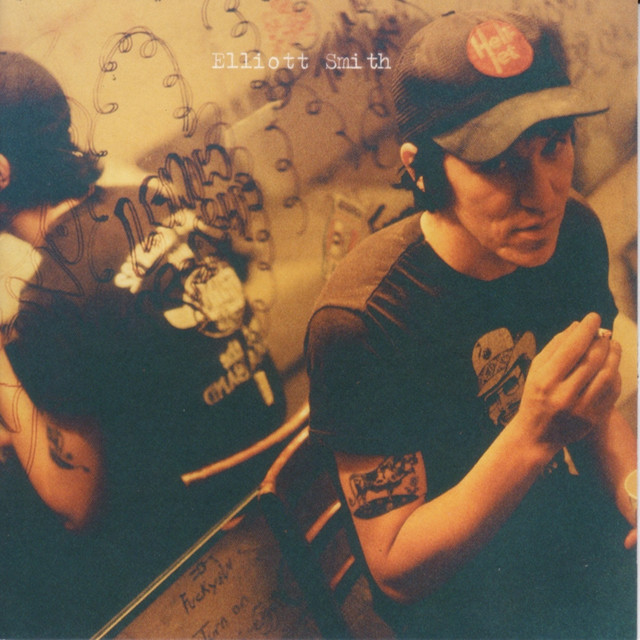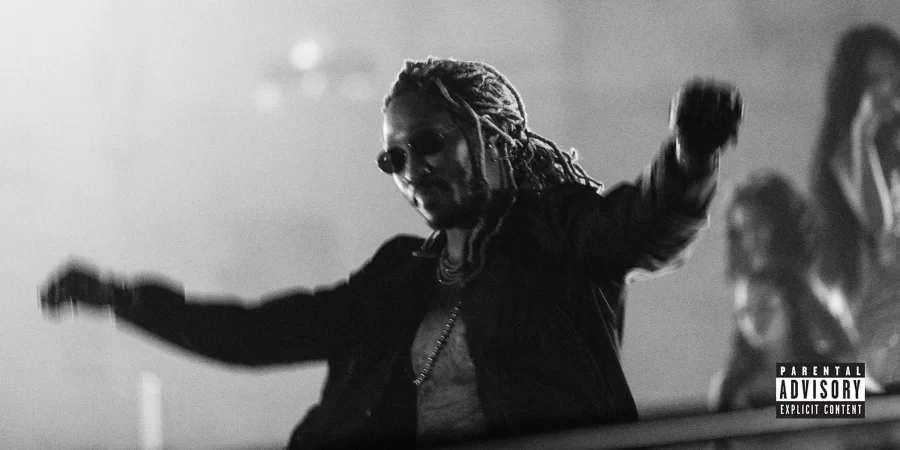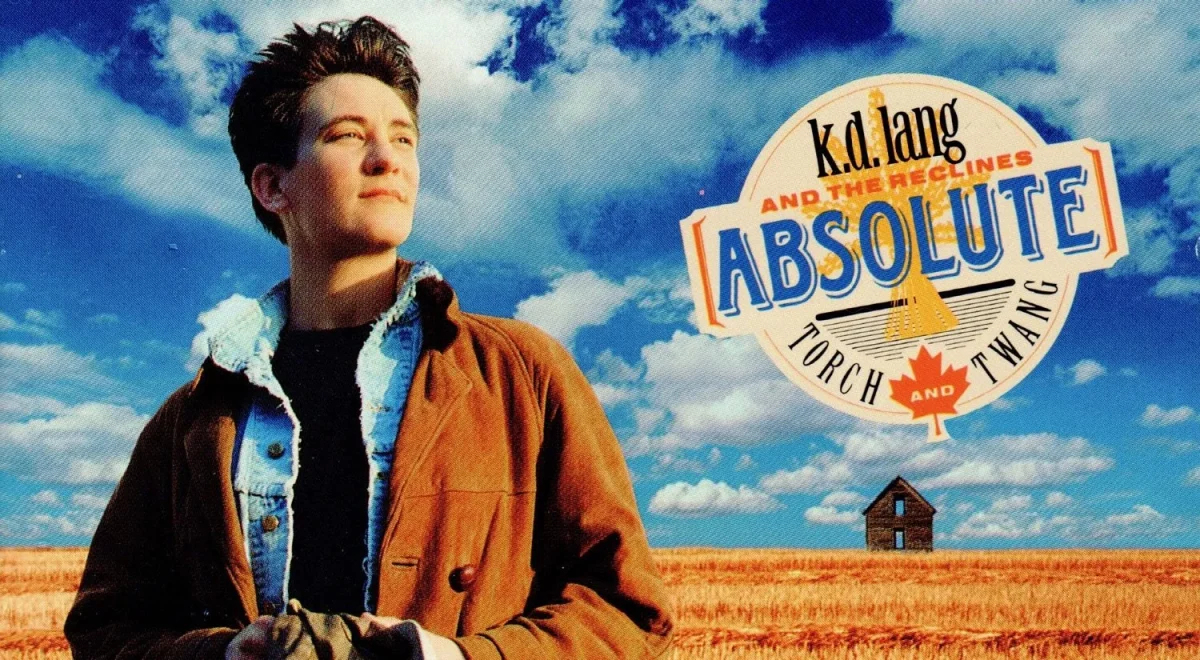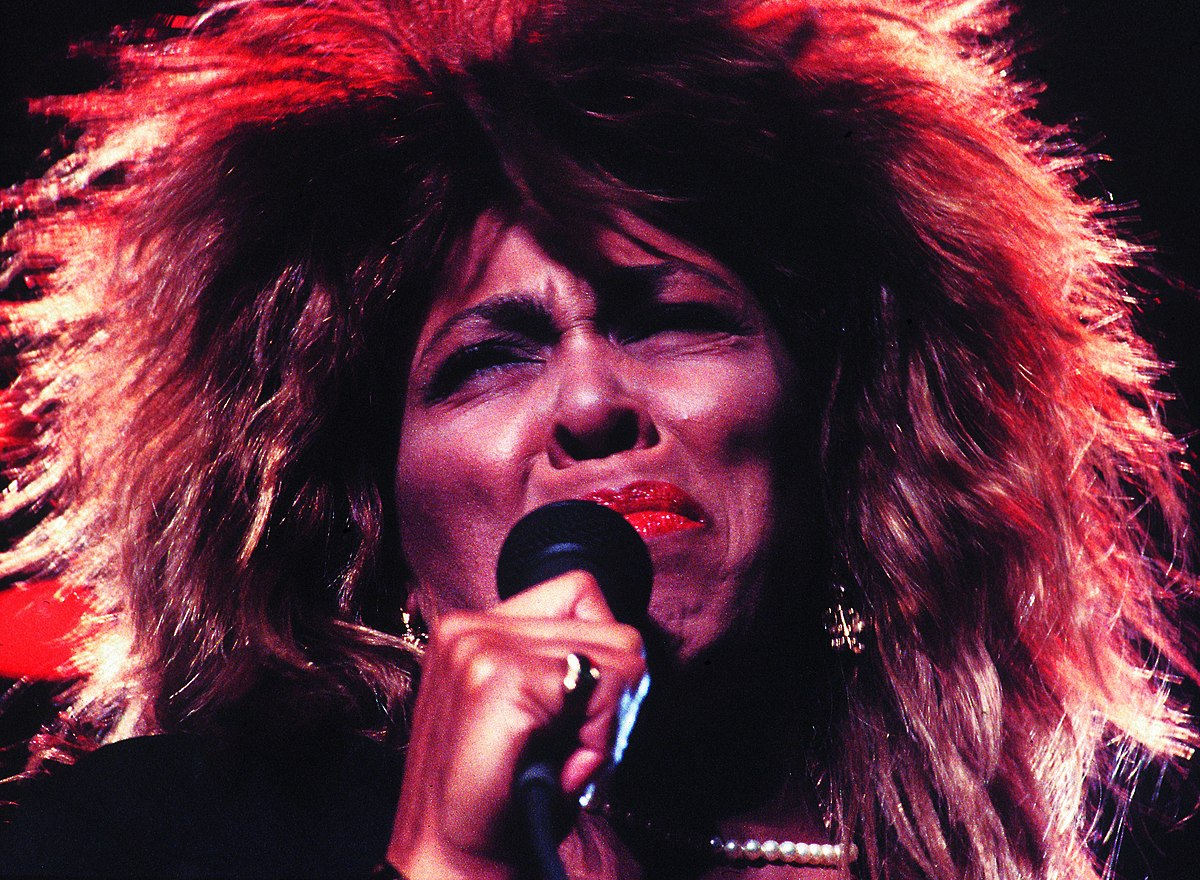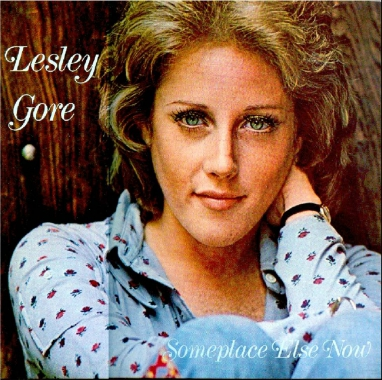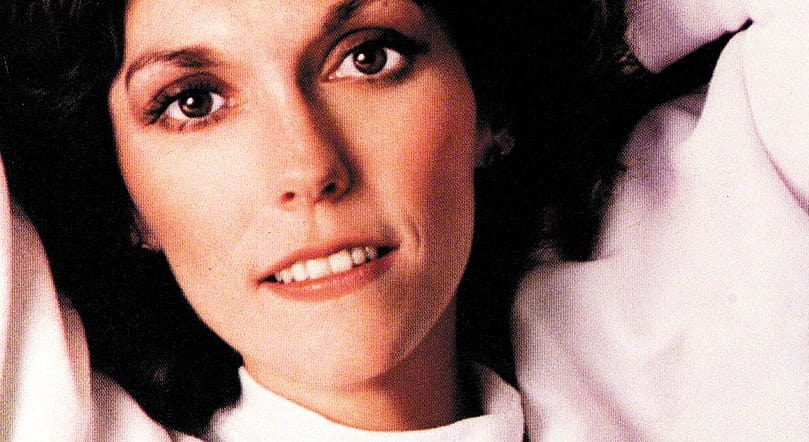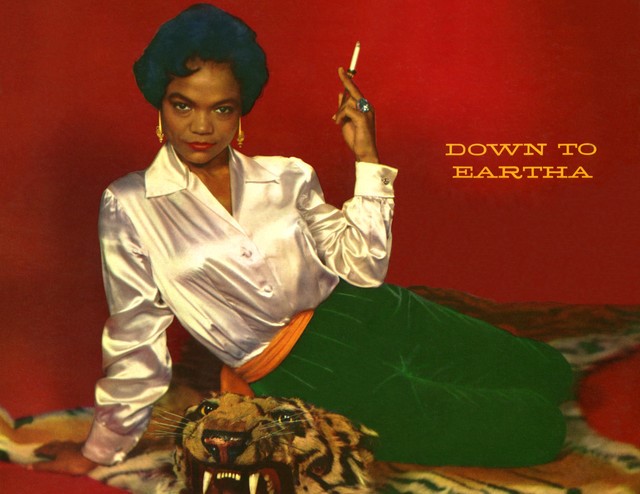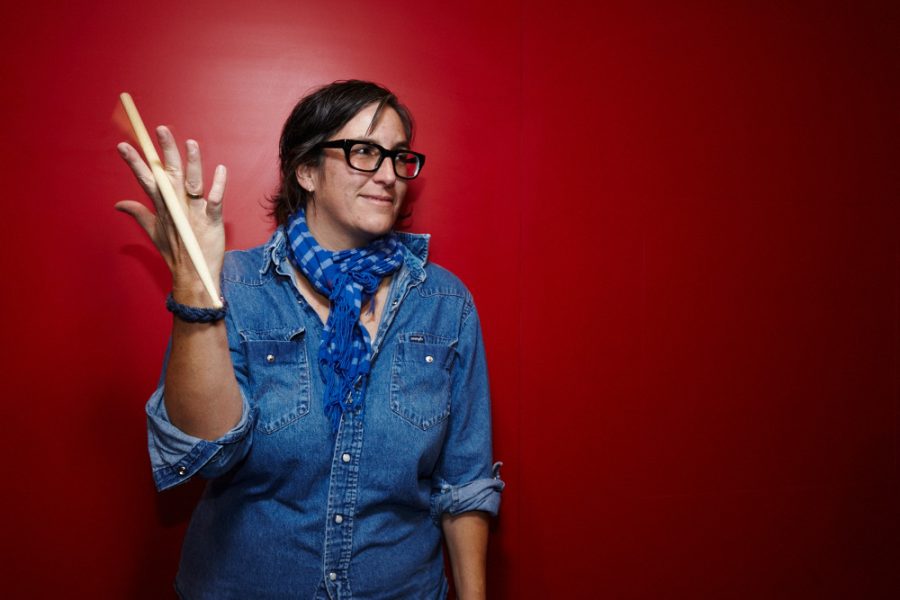The summer of 2022 was different than most summers. Yes, the usual characteristics of summertime were present: Almost every day the sun would idly sit at the zenith of the sky and shoot its heated rays down into concrete Michigan roads. It was enough to soften the darker patches of asphalt which filled up the cracks and holes that made cars rumble and thump as they rushed by.
Most of my time was spent in Oakland Community College’s ceramics studio. Amid clay dust and the air-conditioned ventilation that marked the summer heat outside, I’d work away on project after project, struggling to find a creative vein to steer my pottery in. This is the circumstance in which I was exposed to the work of Kate Bush.
Her 1985 single, “Running Up That Hill (A Deal With God)” circulated every facet of reality. I’d hear it on clips or videos posted on social media outlets, and it’d be hummed by friends and acquaintances or playing on waiting room stereos. It was inescapable. The song’s inclusion in the fourth season of Netflix’s Stranger Things television series introduced a whole new generation to her body of work.
The single’s resurgence of popularity led it to hit No. 1 on the UK’s top singles chart, 44 years after her last No. 1 single, with “Wuthering Heights” in 1979. She was crowned as the oldest female artist to reach No. 1 at 63 years and 342 days old. That summer, I decided to give her music a listen after hearing the acclaim around her at the time, particularly in her sonic and lyrical creativity — something that I’ve come to adore about her songwriting.
Due to its presence in her household, music had made a large footprint on Bush’s early life. Her older brothers, John and Paddy, introduced her to an eclectic range of musical stylings, especially with traditional English and Irish music, which they played themselves. From 11 years old, she started writing songs on an old family piano, taking inspiration not only from the music being played in her house, but also from people and their stories. She would store scenes, characters or interesting thoughts that particularly struck her to be remembered and used later during songwriting.
When she was 16 years old, her family asked a friend named Ricky Hopper, who had a foot in the music business, to take her amateur recordings to record labels. Bush wouldn’t see much attention from labels until David Gilmour of Pink Floyd heard about her through Hopper and became interested in her work after listening to the demos. He sought to assist her by helping record and present her songs to labels himself.
I’ve found a lot of these early recordings through bootleg albums like Alone at My Piano and Cathy’s Home Demos. I think there’s something special about these old recordings; they’re charming in their stripped-down vulnerability, not to mention impressive in how young Bush was when she wrote and performed them.
“Frightened Eyes” is a demo I find myself returning to every once in a while. The naked atmosphere of Bush’s voice synthesizes well with the somber piano and lyrics detailing a bus ride which the narrator spends pondering over the other passengers, who all refuse her gaze by looking out their windows.
This year, I’ve relied on CATA buses to get me around East Lansing. Once in a while, as I swipe my bus pass and settle into a seat, I think about the other passengers sitting around me: Where might they be going? Where from? What are they thinking about? What’s their name? It’s fascinating that a passing thought I occasionally have at 21 years old is so eloquently and powerfully expressed in a song written by a teenager.
With Gilmour’s help, Bush was able to sign a contract with EMI Records but decided it would be best to hold off on making a record right away. After signing, she finished up her time at school and began preparing to record her first album. It was here where she became interested in dance after seeing a Lindsay Kemp show. She took mimicry and dance classes with him, of which she would add supplementary to her music in the form of videos and live performances.
By the time she was ready to begin recording, she had written over 200 songs to choose from for her debut album. In the end, A Kick Inside was released Feb. 17, 1978. The album consists of a varied selection of progressive rock songs, soft piano ballads and the nuances in between that force a question mark to be put at the end of the “pop music” label initially attached to Bush’s music.
Musically, unorthodox instrumentation pops up here and there throughout the tracklist. A plethora of keyboards including synthesizers, the clavinet and organ coat the sonic palette to fit each song, while a varied selection of percussion adds interesting textures. “Room for the Life ” is a great example of this, using blown-into beer bottles, triangle, güiro and the boobam, giving the song a distinct “Latin” chorus that strangely works well.
Her brother Paddy’s influence is present here too, with a mandolin feature in “Oh to Be in Love.” As with most of Bush’s work, lyrics vary drastically in subject matter because she writes from the perspective of different characters within different circumstances.
“Kite” lightheartedly details a narrator who feels in a rut and decides they want to become a kite to fly high and away from the world, only to realize that they can’t get back down and miss being on the ground. On the other hand, “The Kick Inside” is darkly written from the perspective of a woman who’s had an incestuous relationship and is about to take her own life.
I’d be remiss not to mention “Wuthering Heights,” Bush’s first No. 1 hit. The song was inspired by the Emily Brontë novel of the same name. Bush had caught the last couple minutes of a TV adaptation of the novel, in which the ghost of Cathy Earnshaw wails for her past lover Heathcliff to open the window and let her enter. Bush takes on Cathy by exemplifying her white hot jealousy and selfish nature in these lyrics:
“How could you leave me /
When I needed to possess you? /
I hated you, I loved you, too.”
The ghostly aspect of Cathy is portrayed in Bush’s high register vocals, as well as the twinkling instrumentation, which includes a hammond organ and celeste. The original dance displayed in the song’s music video enhances the package. Bush spins and sways as an apparition, dressed in a pure white dress that changes color based on the lighting, almost like light refracting through air. Her widened eyes, scared and desperate facial expressions and the trippy camera effects speeding up her figure eerily cement the song as a timeless classic whose abnormal nature sets it apart from anything else.
After the success of “Wuthering Heights” and The Kick Inside, Bush released Lionheart only nine months later in November 1978. Like her previous record, the tracklist consisted of songs penned in her childhood, except for three that were newly written. Generally, Lionheart is remembered less fondly than her debut — Bush herself has suggested that the album wasn’t as solid as she hoped it would be because of how quickly it was put together. But the more I listen to it, the more it clicks with me.
While Lionheart’s tracklist can be inconsistent, the overall moodier tone and more theatrical performances offer something quiet, weighty and mysterious that The Kick Inside couldn’t. Its mysterious intrigue culminates in “Kashka from Baghdad,” a track near the back-end of the record. A subdued tone is instantly set in the first bar of the track, with Bush’s fluid piano playing amid quiet piano string pluckings and a strange descending sound. She lingers on a slightly dissonant chord, muddying up the sound to hint at something intangible.
The track also features some interesting instrumentation, like a mandocello, a pan flute and echoing chimes. Del Palmer, who would go on to play bass on most of Bush’s future albums, is also featured on this track, his precise bass melodies isolated because of the lack of any guitar. The music itself, along with the lyrics that curiously discuss a private house, suggests a dark, moonless night in which only shapes can be discerned in a vague grayness.
With two studio albums’ worth of music, and before working on her next project, Bush went on her one and only tour, “The Tour of Life,” in the spring of 1979. She is attributed as the first artist to use a wireless headset during a concert. Since she’d be moving around and dancing along with the music, she and her team improvised a wireless headset that she could wear on her head.
The conclusion of “The Tour of Life” marked the beginning of production on Bush’s third record, Never for Ever. Aside from the fact that this record is my favorite in her discography, I want to take a bit more time to discuss it because it was the first album to showcase Bush’s full creativity.
Never for Ever, released on Sep. 8, 1980, was the first album that allowed her vision to extend to the production side of music. She started learning the technical aspects of recording music by co-producing this album with Jon Kelly, an experienced audio engineer who had worked on her previous songs. It was also her first album to feature the CMI Fairlight, the first commercial sampling synthesizer, which Bush became increasingly interested in while working with Peter Gabriel. From the explosive choruses of “Babooshka” to the imaginative perspective of “Breathing,” Never for Ever is brilliant in its jaggedness and its liberal use of musical ideas — the CMI Fairlight being a chief contributor of this — to convey a spectrum of people and their circumstances.
“Babooshka,” which I mentioned above, follows an old wife as her paranoia and insecurity lead her to have suspicions over her husband’s fidelity. She takes on the character of a young woman with the pseudonym “Babooshka” and tries to seduce her husband. She ultimately succeeds and this ruins the relationship as a whole. The narrator’s double-life is reflected in the contrast between the song’s mellow, jazzy verses and its loud, bombastic choruses. Also, the instrumental begins to break down near the end of the song — as the relationship between the narrator and her husband breaks down — with a sound effect of shattering glass being pitched and looped.
After Never for Ever, Bush would go on to lead a very successful decade in the ‘80s. Her songwriting would continue to grow as time marched on. From the abrasive claustrophobia of 1982’s The Dreaming to the mature and mellow palettes provided by 2005’s Aerial and 2011’s 50 Words for Snow, Bush’s consistent yet ever-changing imagination shines throughout. And with her recent induction into the Rock & Roll Hall of Fame in 2023, it seems a lot of people agree with me in praising her body of work.
Now, whenever I feel as though my work is not enough in its intelligence or creativity, I pop some Kate Bush on, probably Never for Ever, and am reminded to do the best I can with what I have, because that’s what Bush has continued to do throughout her life. That’s what makes her work so seductive — a driving passion. It’s a passion that hasn’t fizzled out and gone unnoticed. On the contrary, it has made fireworks for all to watch and listen to in awe.


